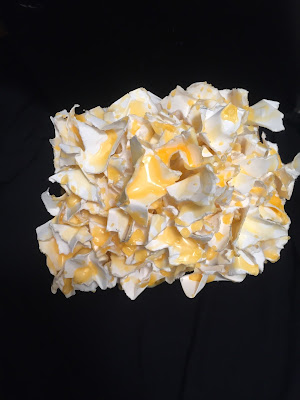My momento represents the memory of my childhood forts and tree houses in the woods. My neighbors, my sister, and I lived on a nature park and acres of woods that was our playground. We created many different "cities" throughout the woods and marked tress to be able to find them.
My design of my momento began with a piece of balsa wood and I chiseled out slots for the rounded balsa wood. I wanted this element of the thinner pieces of balsa wood coming out of the thick piece to represent the branches and roots we created out forts with. The black sharpie line work represented the map we created of all of our spots in the woods and trails we created.
The challenge of this project was to create a unified design out of three materials that correlated with the memory I wanted to recreate. I chose to focus on three aspects of nature, connections, and support in my design because when I think back on my memory those are the feelings I reside with.
Process
When researching and finding inspiration the first artist who stuck out to me and had a similar style I was looking for was Mel Kendrick. His pieces are created with balance and unity by placing different pieces of wood and creates a tribal feel

Hilary Sanders was another artist that gave me inspiration on how to create a momento in an abstract way that incorporates the image or idea, as well as any textures that could correspond.
Meret Oppenheim's work is amazing! I love her use of texture to create a complete opposite image. The use of fur to make a tea cup shows how you can place a memory with a feeling and it does not always have to be a realistic idea.
wikipedia.com






















































